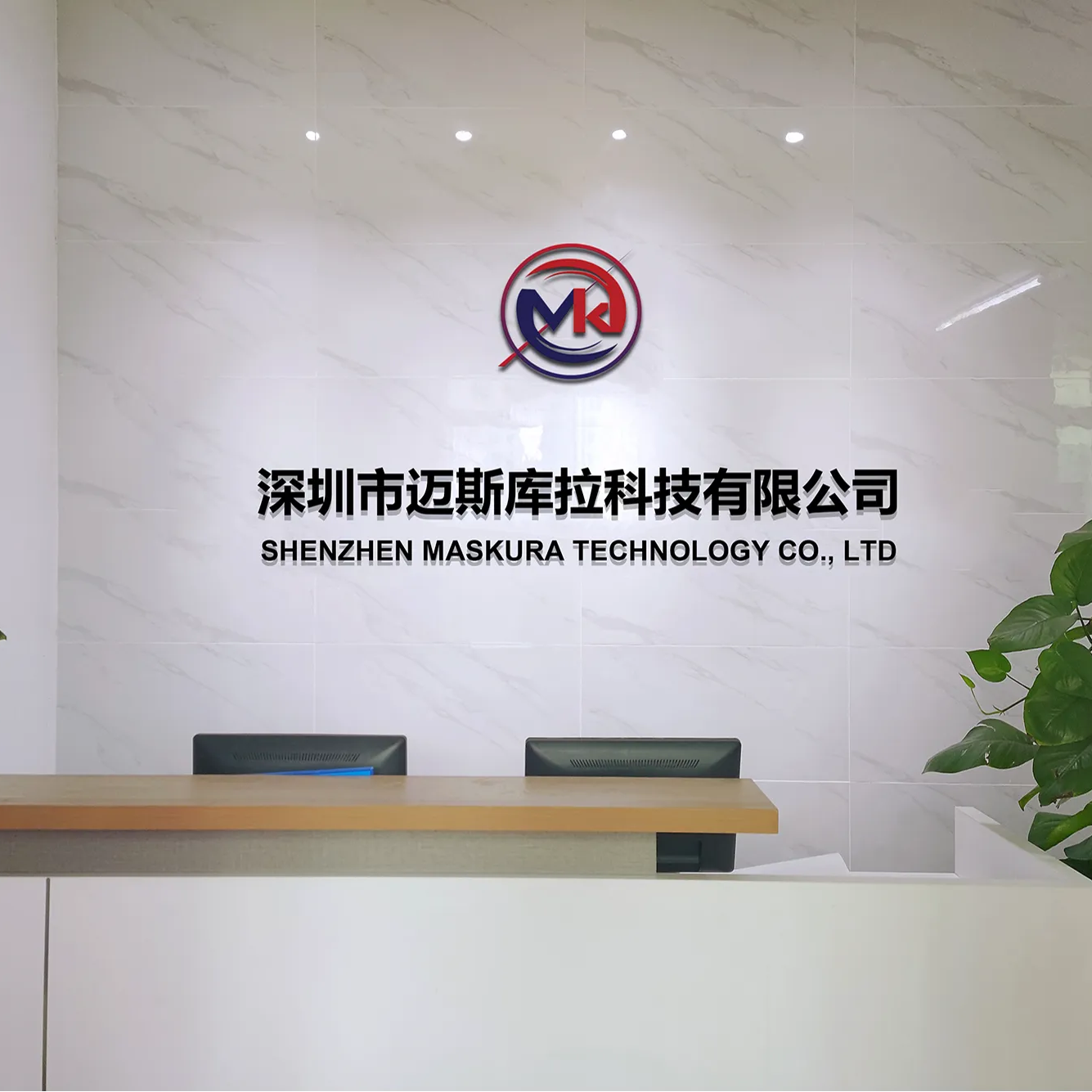
In the field of exact positioning and navigation, Maskura Tech takes the lead with its advanced RTK (Real-Time Kinematic) positioning solutions. Designed for industries that require utmost precision, our systems enhance efficiency and reliability in tasks involving movement.
At Maskura Tech, we recognize how important accurate location data is within today’s technology-based sectors. To achieve centimeter-level accuracy in real-time, our systems for RTK positioning use state-of-the-art satellite navigation methods. Whether it is agriculture, construction industry, surveying or self-driving cars development; these solutions enable you to work with confidence knowing well that every part of your project will be done perfectly because you have all necessary information at hand.
The foundation of these rtk systems centers around two things; a dual-frequency receiver which helps correct signal errors and base stations or satellite systems providing correction data. This ensures that even when traditional GPS fails in places where signals are challenging due to environmental factors like buildings trees mountains among others , your operations do not get disrupted as they should remain on track always.
Our commitment to being innovative does not stop at accuracy levels only but also extends towards making them very user-friendly while still allowing for seamless integration into current workflows without much hassle involved on the part of end users themselves . Therefore what we provide here are hardware components which can withstand harsh conditions encountered during fieldwork plus software programs designed for this purpose ensuring consistent performance over time.
Whether one needs to navigate through difficult terrains , map out large areas or control machines accurately down to millimeters, Maskura Tech ‘s rtk positioning systems enable such capabilities thereby ensuring that each task gets performed precisely and efficiently .
Discover what could happen tomorrow when it comes to finding your way around by partnering with us at Maskura Tech using rtk positioning technology .
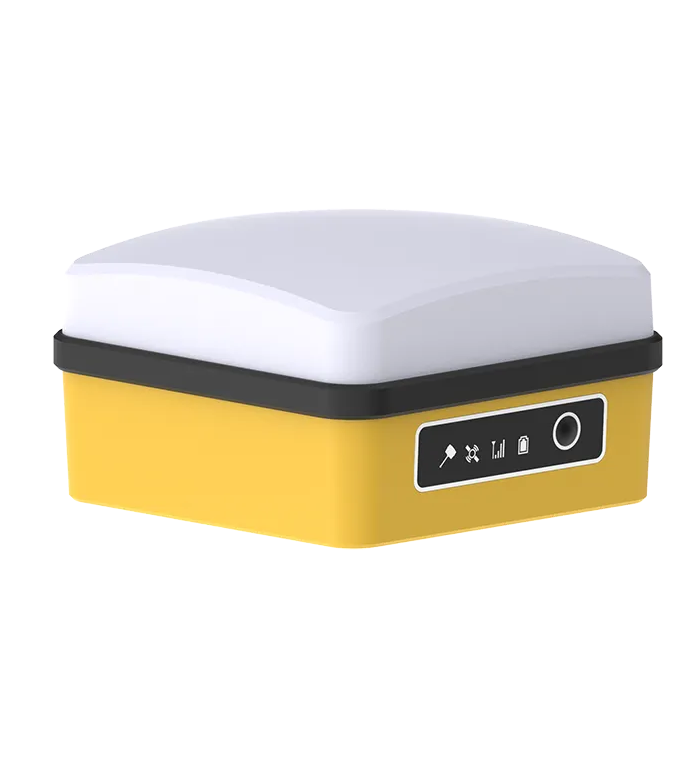
Accuracy in surveying has been taken to another level by real-time kinematic global navigation satellite system (RTK GNSS). This technology is crucial as it enables professionals to attain a higher degree of precision during their work on the field than ever before possible. Every second, an RTK system gets updated with corrections so that they can eliminate any errors which may arise from using regular GPSs; thus providing accurate data for projects such as cadastral mapping, infrastructure development or even environmental monitoring. Such a move would also streamline processes and improve decision making since it helps speed up work flow and make better judgments when conducting modern surveys.

Accurate information is essential for optimal crop management in precision agriculture. Such data can be obtained by using RTK technology which is also known as real-time kinematics. What this means is that farmers are now able to get precise measurements about their crops and soil conditions at any given time during the growing season. The main function of RTK systems lies in their ability to provide variable rate application of fertilizers and pesticides based on accurate positioning and mapping capabilities thereby reducing wastage as well as minimizing environmental impact. Additionally, these centimetre level accurate readings delivered by RTK can help increase yields while lowering input costs so that sustainable farming practices are embraced by all stakeholders involved in food production chain from farm gate through processing plants till retail outlets where consumers buy finished products such as fruits, vegetables meat etcetera. This new approach represents a complete departure from traditional methods used before because it allows us do things differently without necessarily changing how we do them but still achieve same results only this time round faster than ever before – it’s like having your cake and eating too! Another great thing about rtk device is that it does not require much technical knowhow or expensive equipment to set up hence making adoption easy even for smallholder farmers with limited resources who would have otherwise been left out of adopting advanced technologies due lack of funds among other challenges faced by them. In conclusion, rtk has brought many benefits into our lives especially those involved in agriculture industry since its introduction some years back till now when we talk so much more than ever expected were possible thanks mainly due faster speeds achieved when doing things right since everything became clear after getting this system installed onto my farm
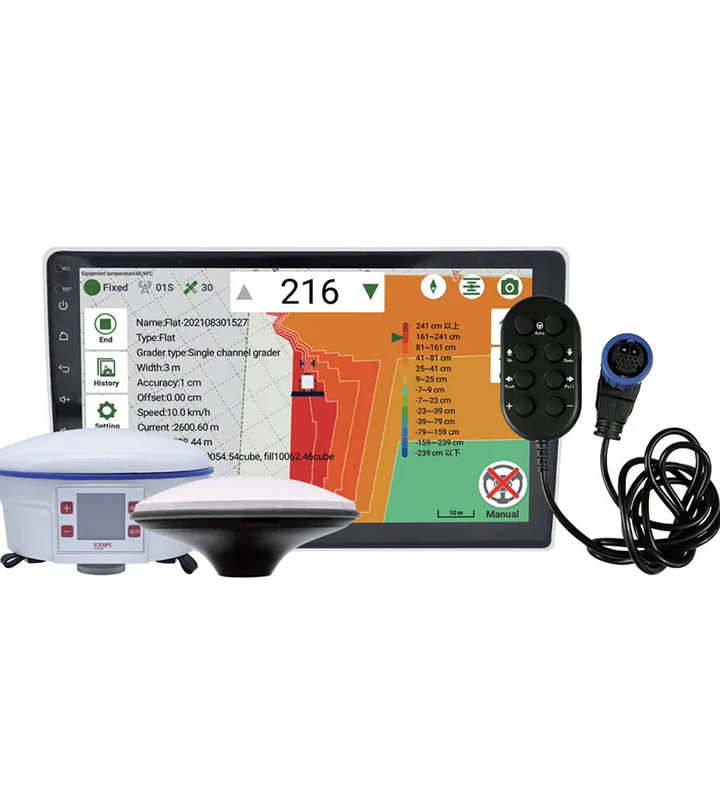
Real-Time Kinematic (RTK) positionings have been leading the race in precise navigation technology by providing an accuracy level of one centimetre for GPS systems. Contrary to traditional GOS systems, here a flow of real-time corrections from either base stations or virtual reference networks (VRS) is used to guarantee their reliability even under difficult conditions. This has greatly benefited various sectors like agriculture, construction and surveying where efficiency can be improved through reduction of operational costs that are brought about by RTK capability. With the integration of advanced GNSS (Global Navigation Satellite System) technology, these RTK systems can be applied widely such as autonomous vehicles up to accurate land management strategies.
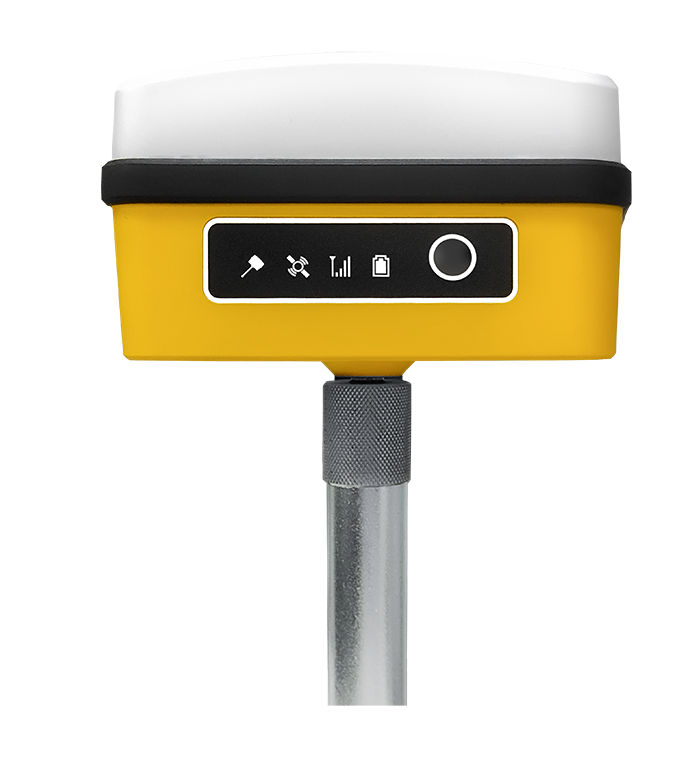
The world’s navigation accuracy and safety standards have been redefined by autonomous vehicles’ adoption of RTK GPS. With real-time position measurements at the centimetre level, these systems help self-driving cars, drones, and robots to move around complex environments more confidently. Such a technology guarantees accurate localization which is essential in keeping safe distances from objects as well as avoiding them altogether; hence enabling delicate operations execution. In its drive towards self-driven mobility solutions, the automotive sector sees this cornerstone among other technologies to be key in achieving efficient transportation networks that can be trusted for their reliability.
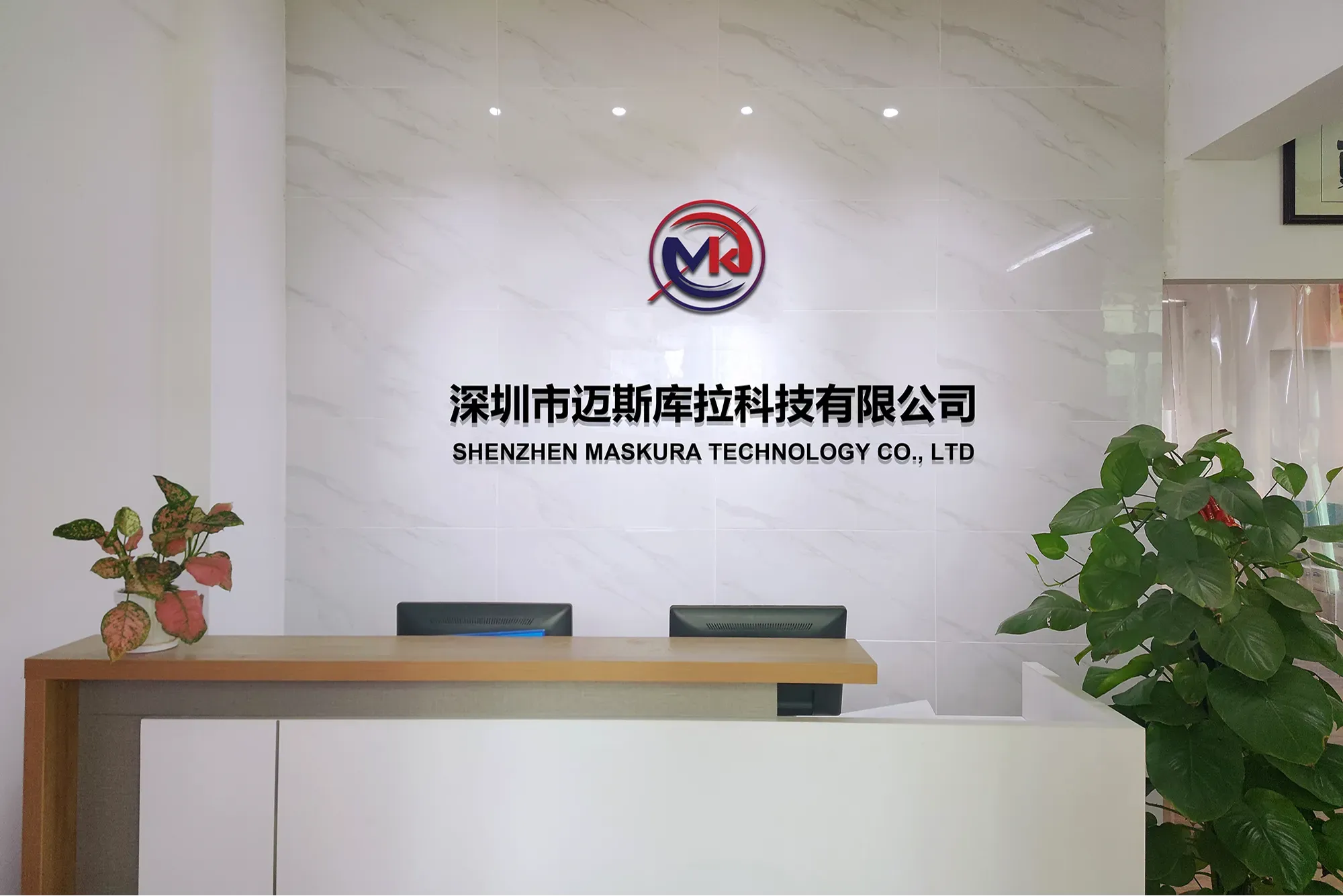
Shenzhen Maskura Technology, a renowned manufacturer of Hi-tech GNSS surveying equipment, has been at the forefront of innovation since its establishment in 2011. Specializing in a diverse range of products including RTK receivers, antennas, sophisticated software, land levelers, and autopilot systems, the company offers dependable and high-quality solutions to customers across the globe. With a focus on precision and accuracy, Maskura Technology's surveying equipment is trusted by professionals in various industries, ensuring accurate measurements and seamless operations. The company's commitment to excellence and continuous innovation has made it a leading choice for those seeking advanced surveying solutions.
Delivering cutting-edge technological advancements for diverse industries.
Ensuring superior product quality with rigorous testing and precision engineering.
Providing tailored solutions and excellent support to meet unique client needs.
Committed to meeting client needs with tailored solutions and exceptional support.
RTK (Real-Time Kinematic) horizontal positioning accuracy refers to the precision with which an RTK GNSS (Global Navigation Satellite System) receiver can determine its horizontal location on the Earth's surface in real-time. This accuracy is typically expressed in terms of distance, such as centimeters (cm) or millimeters (mm).
RTK achieves high accuracy by using correction data from a reference station, which is typically located at a known position. This correction data corrects errors caused by factors like atmospheric interference and satellite clock drift, significantly improving the accuracy of the GNSS receiver's position calculation.
For example, if an RTK GNSS receiver claims to have horizontal positioning accuracy of ±2 cm, it means that the receiver's calculated horizontal position should be within 2 cm of its actual position on the Earth's surface when using RTK corrections.
In applications requiring precise positioning, such as land surveying, construction, precision agriculture, and autonomous vehicles, RTK horizontal positioning accuracy is crucial for achieving reliable and precise location data.
RTK (Real-Time Kinematic) positioning is a satellite navigation technique used to enhance the accuracy of position data obtained from GNSS (Global Navigation Satellite System) receivers. It provides centimeter-level accuracy in real-time, making it valuable for applications requiring precise location information.
Here's how RTK positioning works:
Basic GNSS Operation: GNSS systems like GPS (Global Positioning System), GLONASS (Global Navigation Satellite System), or Galileo consist of a constellation of satellites orbiting the Earth. These satellites transmit signals that GNSS receivers on the ground use to calculate their position based on the time it takes for signals to travel from satellites to the receiver.
Error Sources: Several factors can affect the accuracy of GNSS positioning, including atmospheric conditions, satellite orbit errors, and clock inaccuracies.
RTK Enhancements: RTK improves accuracy by comparing the GNSS signals received by a rover (mobile receiver) with signals received by a reference station (fixed receiver) at a known location. The reference station precisely measures its position and sends correction data to the rover in real-time.
Real-Time Corrections: The rover uses these corrections to refine its position calculation, compensating for errors in satellite signals due to factors like ionospheric and tropospheric delays, satellite clock drift, and atmospheric conditions.
Achieving High Precision: With RTK, the rover can achieve horizontal positioning accuracy in the range of centimeters, often better than 5 cm horizontally and 10 cm vertically. This level of precision is essential for applications such as surveying, mapping, precision agriculture, construction site management, autonomous vehicles, and navigation in environments where precise location data is critical.
Usage: RTK systems typically consist of a base station (reference station) and one or more rover units (mobile receivers). The base station continuously monitors GNSS signals and sends correction data to rovers operating within its range. Some RTK systems can operate over larger distances using virtual reference stations or networked corrections.
